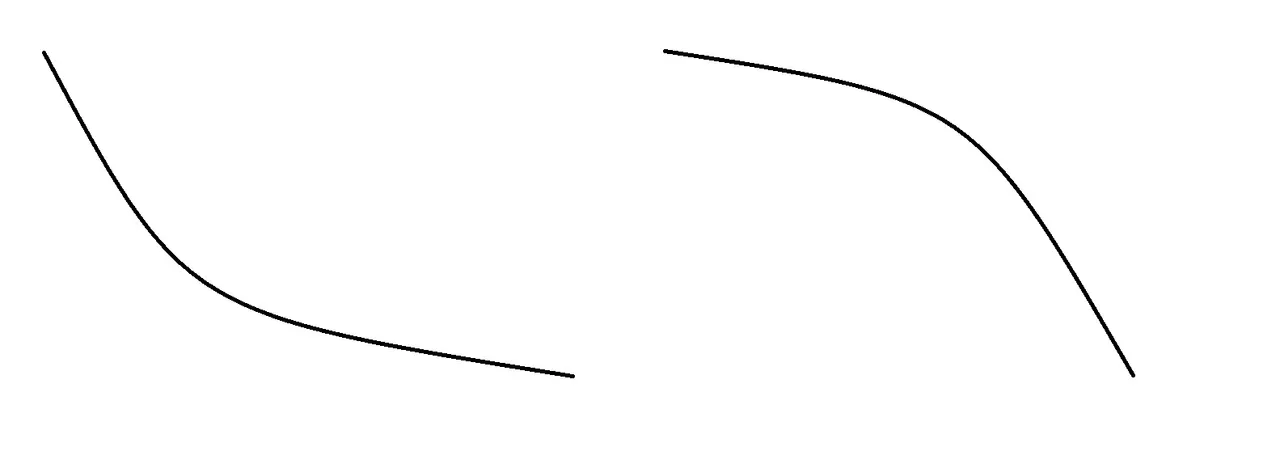In discussing the recent epidemic of self-voting abuse with @anyx, I remembered a possible solution. I first discussed this in 2016, so it's nothing new. Please note that I'm not a developer, designer or economist at all, so I could be way off. But as an active curator I see this as such a debilitating problem that I'm compelled to go way out of my comfort zone.
The perceived problem with the old 40 votes per day voting power target was that the bots had an advantage over human curators. To fix that, the voting power target was reduced to 10 per day. However, this only served to discourage active human curators from curating, and instead encourage casual self-upvoters to stop curating others' posts and save all their voting power for that massive overpowered self-upvote. It's a disaster, and I don't see any evidence to the contrary. The only benefit would be fewer people have VP at 100%, but that seems rather superficial.
So, the objective would be -
- Remove any friction from engaged curation. Curators enjoy voting without stressing about voting power.
- Penalize bots or otherwise excessive curation.
- Control self-upvote abuse.
- Democratize curation.
How many votes do active curators make?
Hint - it's a lot more than 10. Judging by the most influential human curators on SteemDB, the answer is between 50 and 120. Day after day, it's the very same pattern. Looking through other curators I admire, I have come to an average of 75 votes per day. Let's consider this as an average of activity, this would put us at 0.1%. Anyway, the point of this is not to find an actual number, but that by looking at the data it'll be clear to see where the outliers are - those are the bots. In the data there, it seems like beyond 200 they are most certainly bots, or outliers.
Inverting the voting power cost curve
Currently, the voting power cost decreases the lower your VP gets. At 100%, a vote will reduce your VP to 98%. At 50%, it'll reduce just 1% to 49%, and at 0.5%, it'll go down to 0.49%. The end result is you can keep voting as much as you want without any decrease in overall influence.

But what if you invert it? Note, that the following numbers are just placeholders. Up to the 75 votes per day, there'll be a minimal cost to voting. This will mean active curators will be encourage to curate, and experienced curators' votes will matter. Curators can vote freely without constantly stressing over voting power. That drains the whole fun out of curation!
After 75 votes and up to 200 votes, the voting power cost will start accelerating. After 200 votes, it'll tank hard, so the outliers are heavily penalized. And yes, maybe VP could drop all the way down to 0% - someone voting 2,000 times a day is probably not up to any good. But maybe it can flatten back out once it drops to 1%. Not important.
(PS: This may mean bots will want to split up into different accounts, though I'm not certain that would help given linear rewards. Either way, it's one more barrier added compared to currently.)
Capping influence
Currently, the VP spent is tied directly to Rshares generated. So, a 2% VP cost will give 2% Rshares. Of course, with an inverse curve, this will be problematic. So the simple solution would be decoupling the two, and capping Rshares influence. So even if the bots' costs 2% VP, the influence is only 0.25% equivalent or whatever the figure is. Voting strengths will continue as always, so a 10% vote will be 0.025% equivalent. I'm sure there's a more elegant solution here, but this shouldn't be a major issue.
At the beginning end of the curve, spending 0.25% versus 2% doesn't mean a 1/8th reduction, as everyone will also be spending that much. So, the net effect will be zero. The difference is won't be able to ration your VP as significantly for a massive vote. Since the rationing almost always seems to be for self-voting or collusive voting, that's a net positive.
Conclusion
If implemented correctly, this should solve many problems and offer added benefits.
- With engaged curators curating actively, the self-upvotes will be drowned out from the reward pool.
- Self-upvoters themselves will be encouraged to curate other posts instead of their own, as voting for others doesn't have such a high cost.
- They'll also be encouraged to vote for comments due to the lower cost of each vote.
- The rewards will be more distributed and democratic as each vote is worth less. Currently one whale can easily trend an article despite the linear rewards. Of course, this means self-voting and other voting abuse will be less costly.
- Bots and outlier voters will reduced to irrelevance. They'll have to contain their voting to a similar magnitude as human voters.
Please let me know your thoughts on the solution. If you like it, please shout out loud, get witnesses' and developers' attention. Thanks.
PS: You could also Promote this post, so it gets some exposure. I have promoted it with SBD 138 for a start.